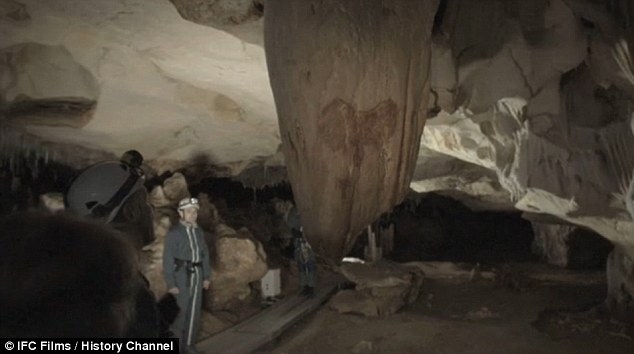
Since its (re)discovery in 1994, the Chauvet-Pont-d'Arc Cave in southern France has offered scientists a veritable treasure trove of perfectly preserved paintings.
Alongside these are and evidence of attempts at communication 30,000 to 40,000 years ago.
Now the long-abandoned underground enclosure is the subject of a 3D documentary by German filmmaker Werner Herzog, called Cave Of Forgotten Dreams.
Among the riches on offer is a chamber full of painted monsters 400metres below the surface, where a mixture of carbon dioxide and radon gas leads to hallucinations.
It is here that the paintings start to become a strange, so strange in fact that scientists think heading down to the chamber may have formed part of a ritual for prehistoric man.
Alongside the paintings lie drawings of dots and lines that had previously been dismissed as little more than doodles.
But a new analysis of the markings, published last year, found in caves in France has challenged previous historical theories about the cultural development of our ancestors.
The lines, dots, zig-zags and semi-circles appear to indicate prehistoric man, as long ago as 30,000 to 40,000 years ago, may have been trying to communicate through symbols rather than pictures.
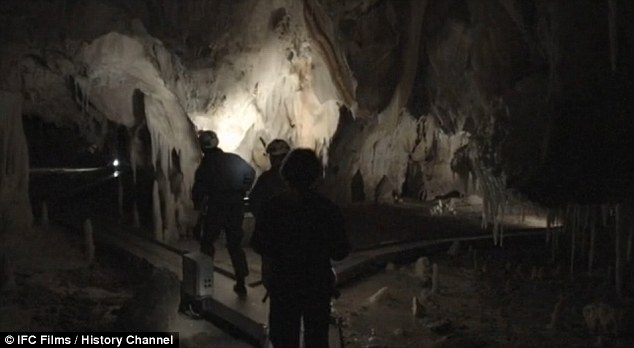
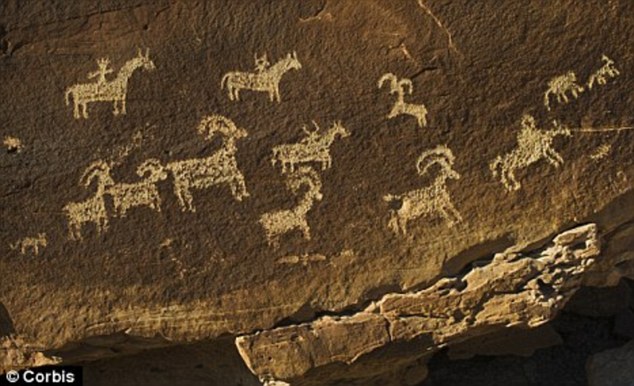
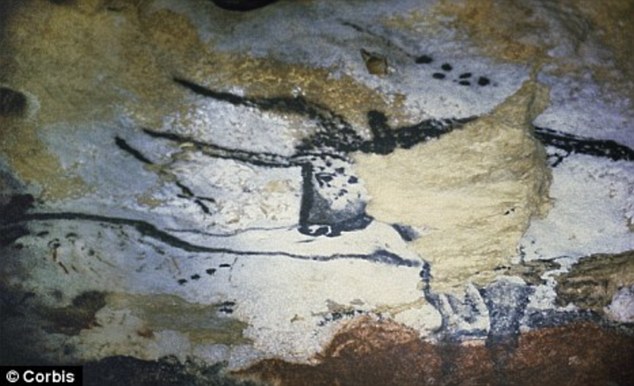
They suggest tribes who came to Europe from Africa could have brought the 'language' with them, placing its origin even further back in the timeline of evolution.
It had previously been thought that a 'creative explosion' occurred nearly 40,000 years ago when our ancestors started to think abstractly and create rock art.
Writing, it was believed, came much later with the earliest records of a pictographic writing system just 5,000 years ago.
But last year's findings hint that a written code may have been used by tribesmen in France thousands of years earlier.
The cave signs cover 25,000 years of prehistory from 35,000 to 10,000 years ago.
Twenty-six signs, drawn in the same style, appeared again and again at different sites. Some, such as straight lines, circles and triangles, were fairly basic but there were other, more complex symbols repeated as well.
This led the researchers to consider whether they had discovered the very start of attempts to communicate through writing.
They re-examined the drawings and found that less abstract symbols were being used to indicate a larger figure.
For example, a tusk was used to indicate a mammoth. This, known as a synecdoche, is common to pictographic languages.
This appeared to prove that our ancestors, even at this early date, were considering how to use abstract symbols rather than realistic pictures.
Cave Of Forgotten Dreams is due for release later this year.
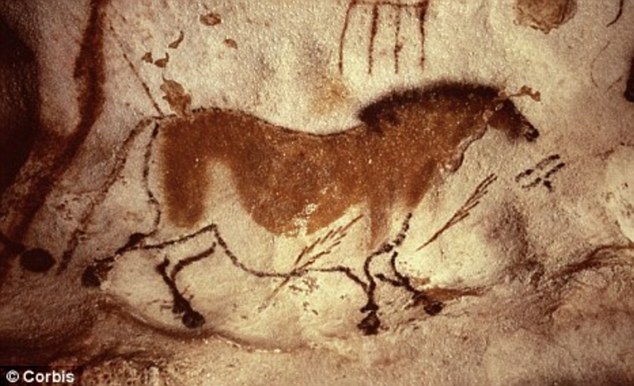

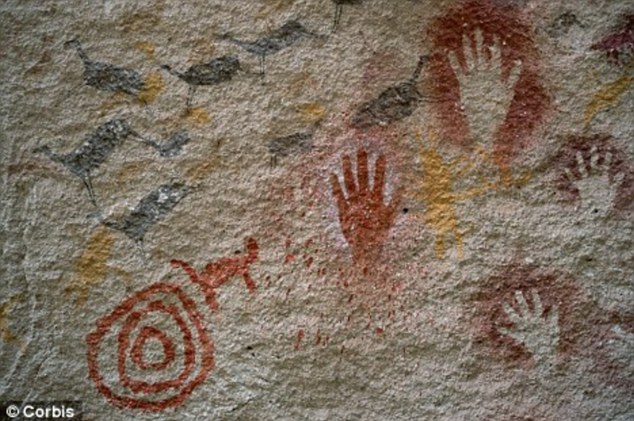



...actually, this cave is one of many, some far, far older. What makes this cave extraordinary, is that the "rediscovered" has the doyo to self promote his christian/judeo ideology/dogma of the past.